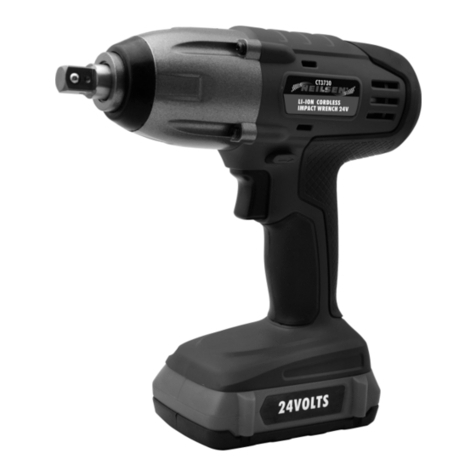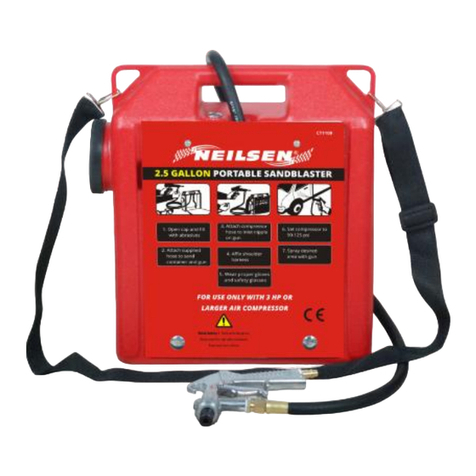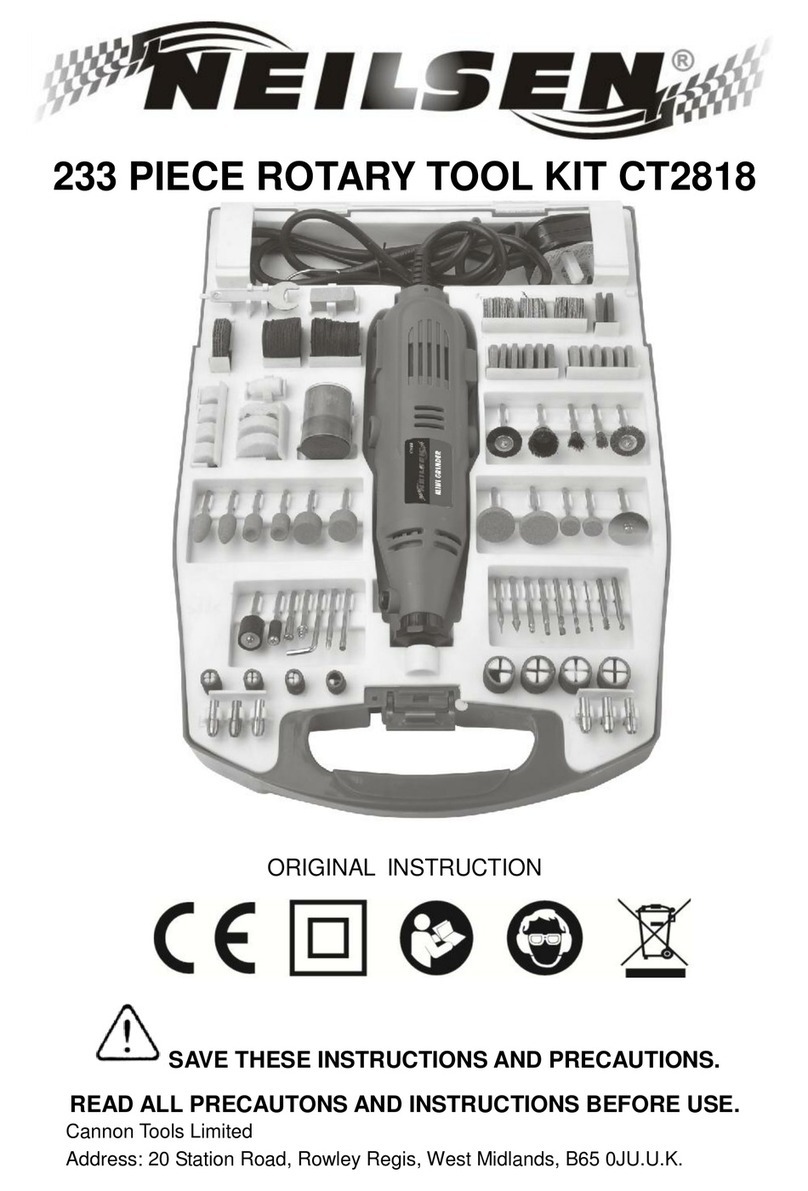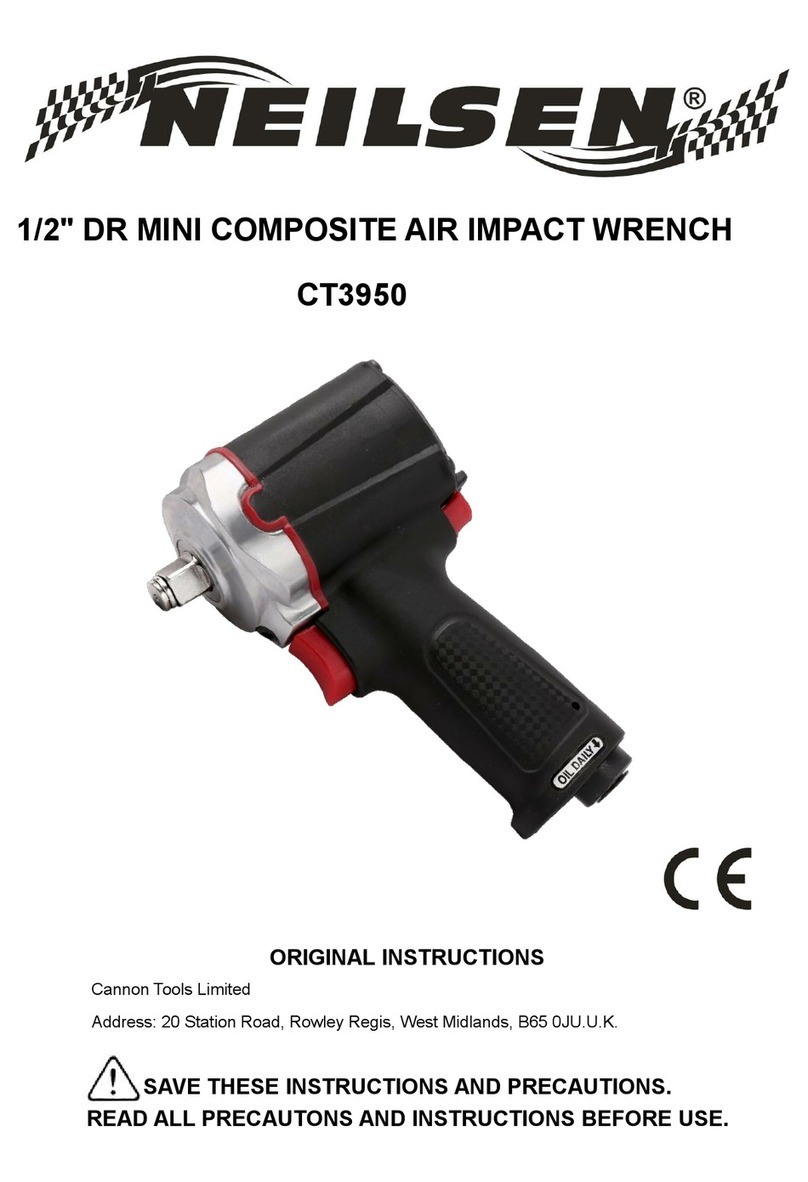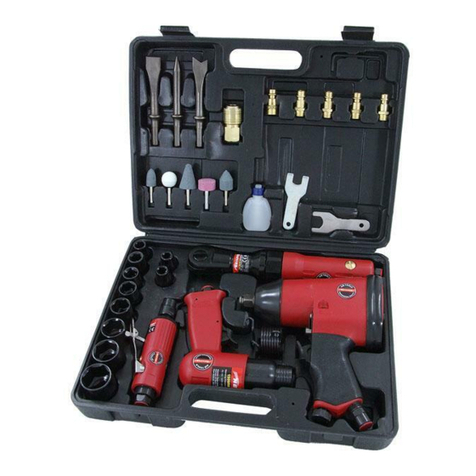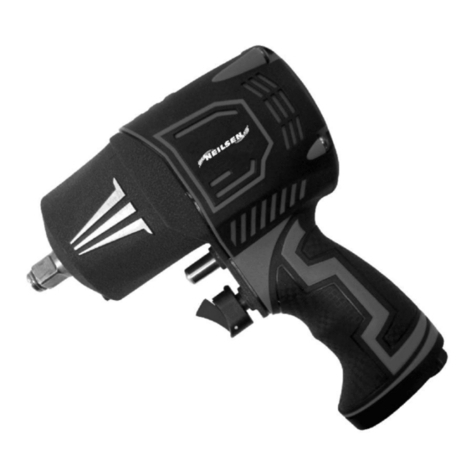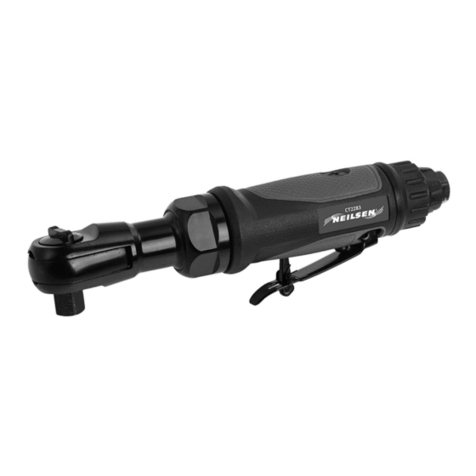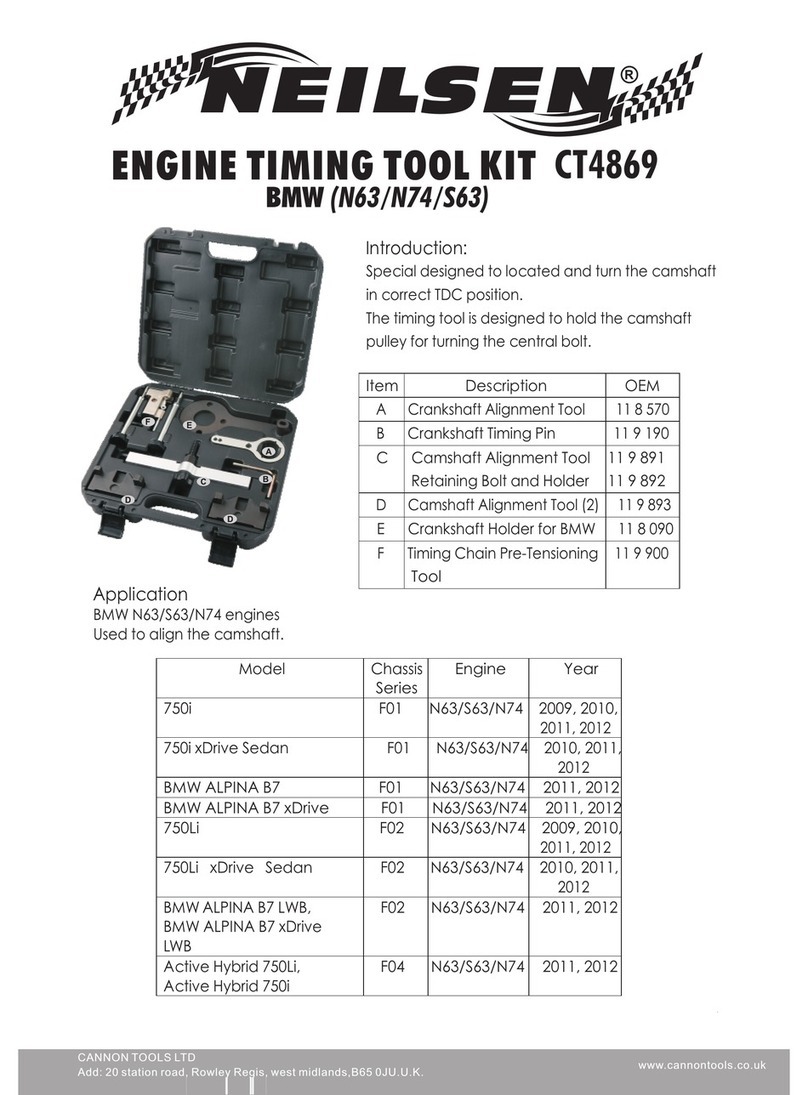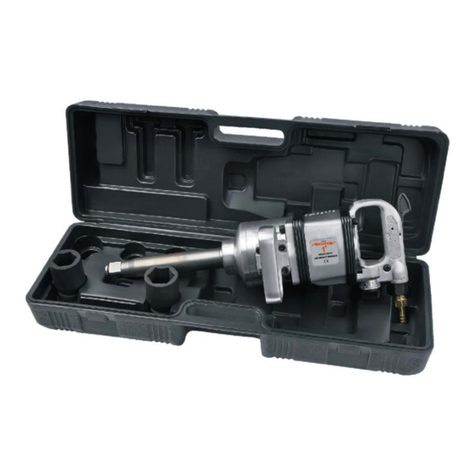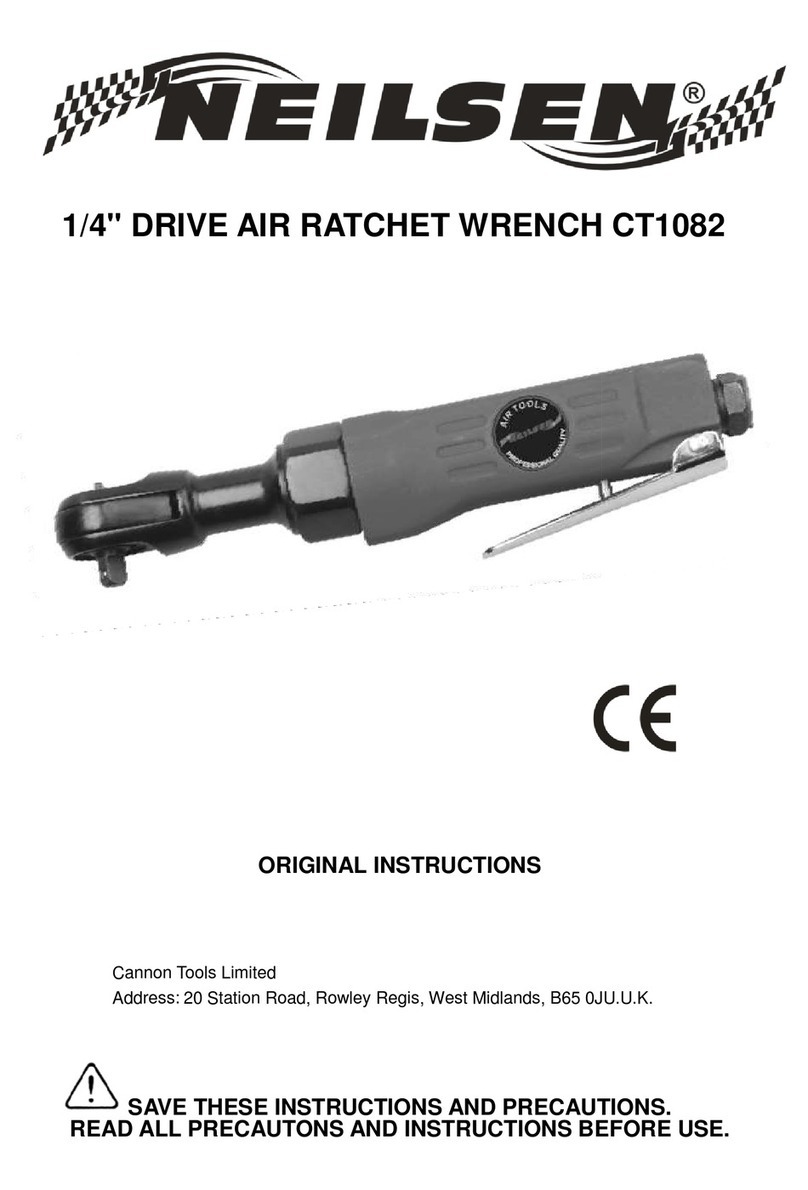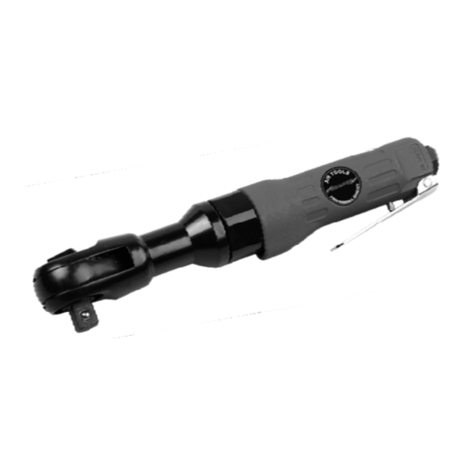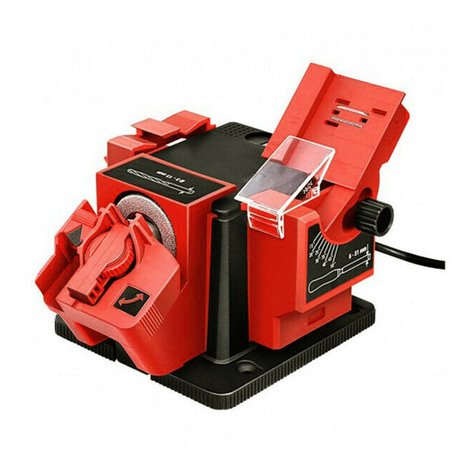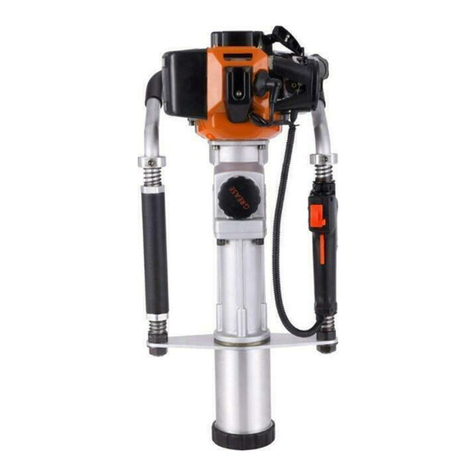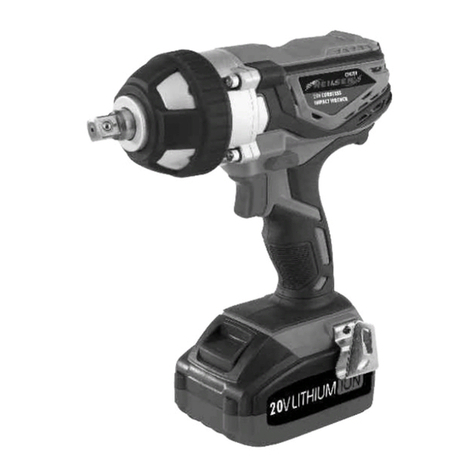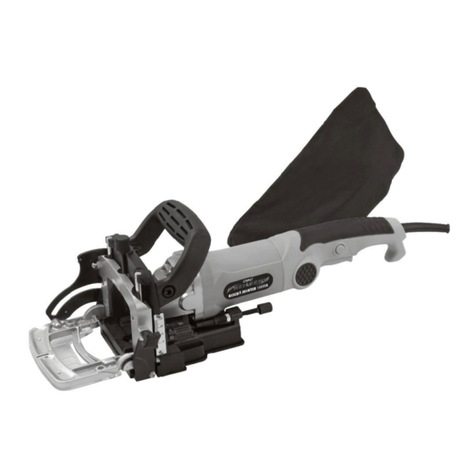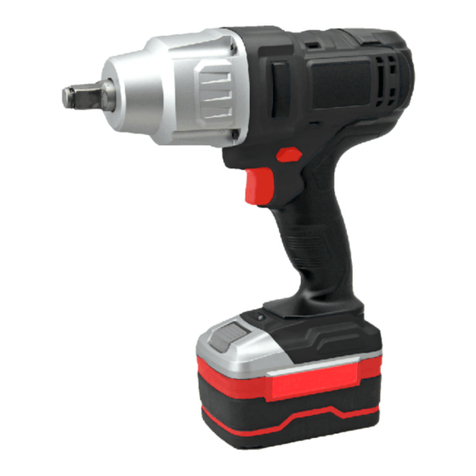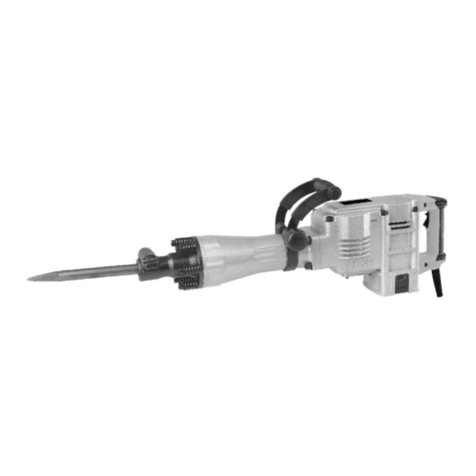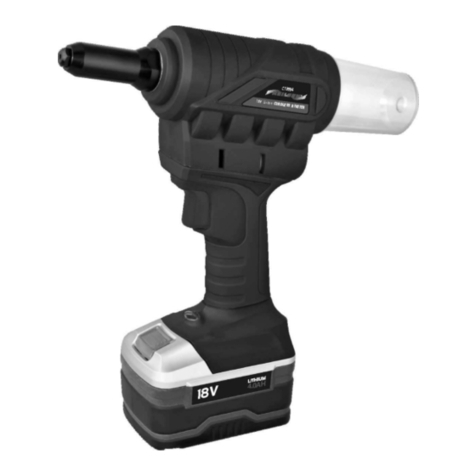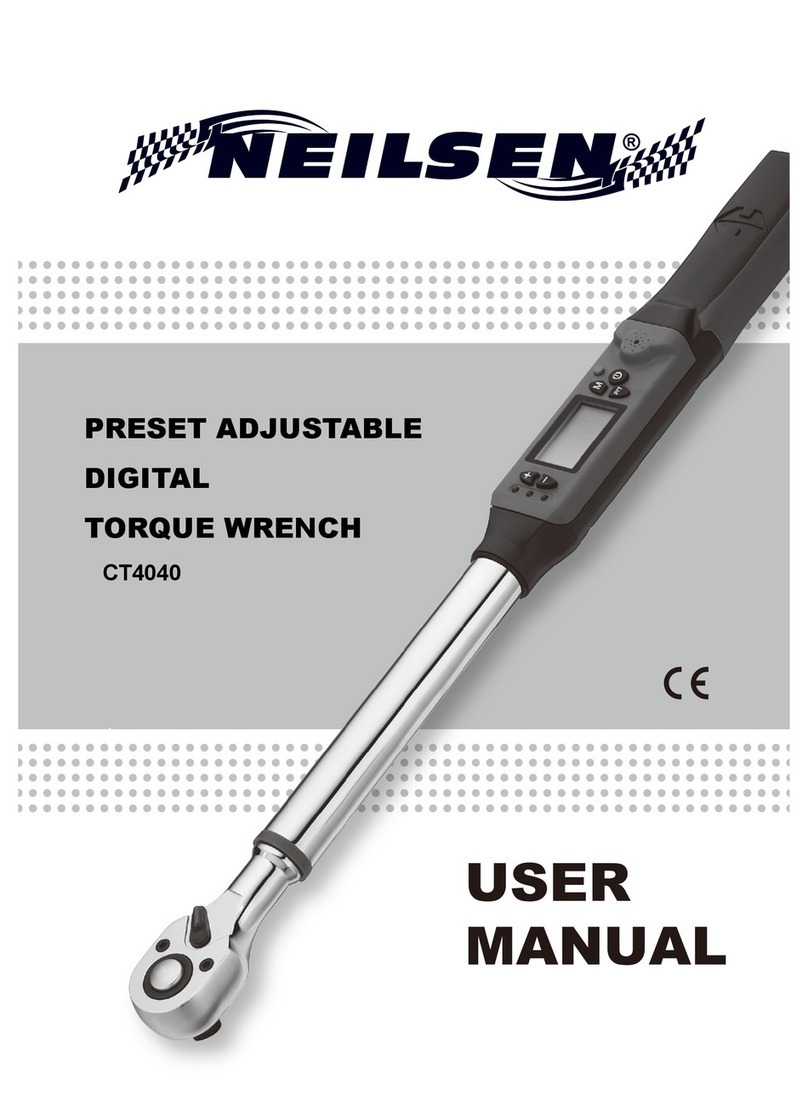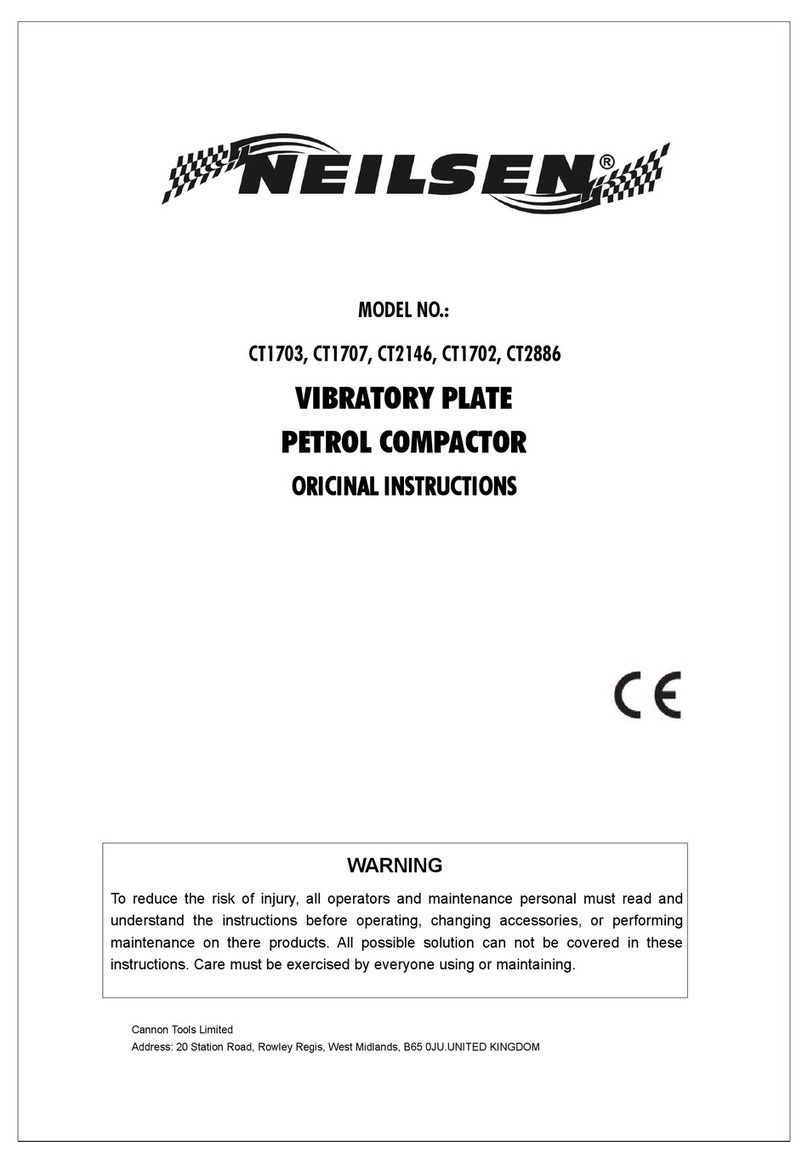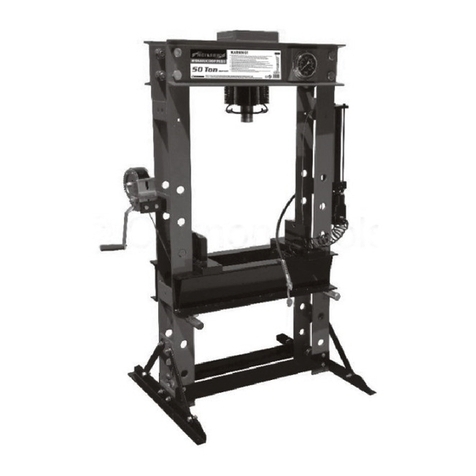
b) When servicing a tool, use only identical replacement parts. Use only
c) Use only the lubricants specified by the manufacturer.
Air Supply
1. Incorporate a filter, regulator with pressure gauge, oiler, in-line shutoff valve,
and quick coupler for best service, as shown on Figure A and Figure B, An
in-line shutoff ball valve is an important safety device because it controls the
air supply even if the air hose is ruptured. The shutoff valve should be a ball
valve because it can be closed quickly. Note: If an automatic oiler system is not
used, add a few drops of pneumatic tool oil to the airline connection and space
between Cutter (30) and Die (32) before operation. Add a few more drops after
each hour of continual use.
2. Attach an air hose to the compressor's air outlet. Connect the air hose to the
air inlet of the tool. Other components, such as a coupler plug and quick coupler,
will make operation more efficient, but are not required.
AWARNING! TO PREVENT SERIOUS INJURY
FROM ACCIDENTAL OPERATION:
Do not install a female quick coupler on the tool. Such a coupler contains an air
valve that will allow the air tool to retain pressure and operate accidentally after
the air supply is disconnected.
Note: Air flow, and therefore tool performance, can be hindered by undersized air
supply components. The air hose must be long enough to reach the work area
with enough extra length to allow free movement while working.
2. Turn the tool's throttle or switch to the off position.
3. Close the in-line shutoff valve between the compressor and the tool.
4. Turn on the air compressor according to the manufacturer's directions and
allow it to build up pressure until it cycles off.
5. Adjust the air compressor's output regulator so that the air output is enough
to properly power the tool, but the output will not exceed the tool's maximum
air pressure at any time. Adjust the pressure gradually, while checking the air
output gauge to set the right pressure range.

